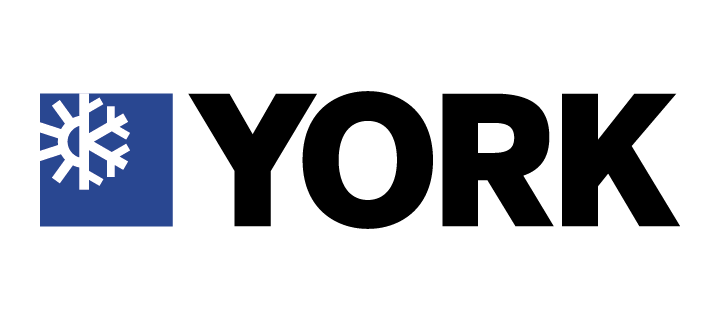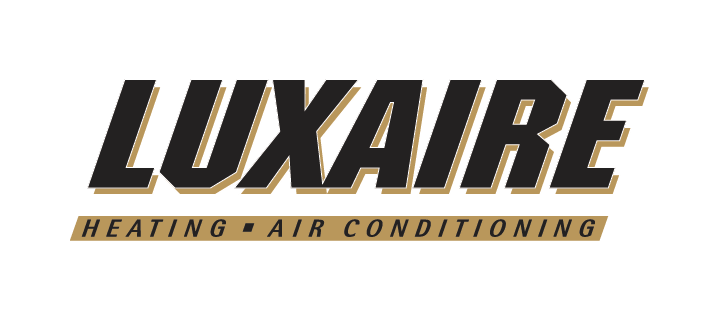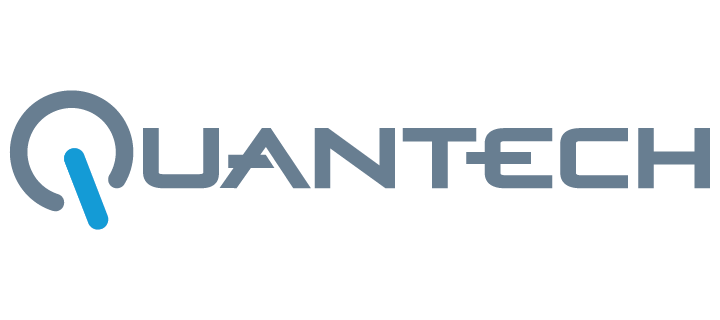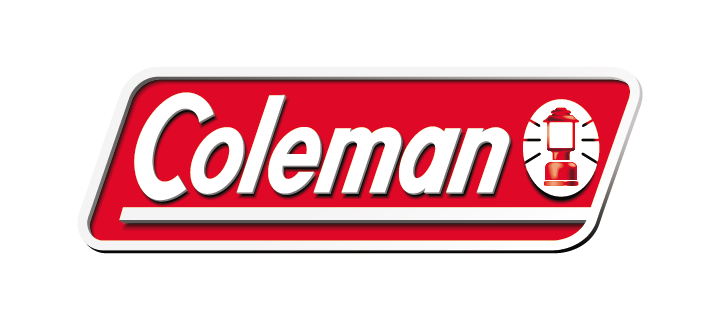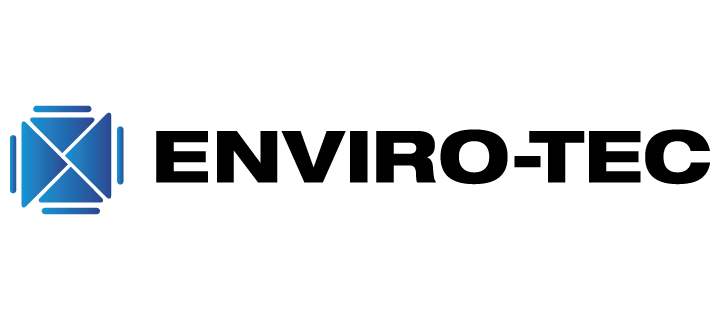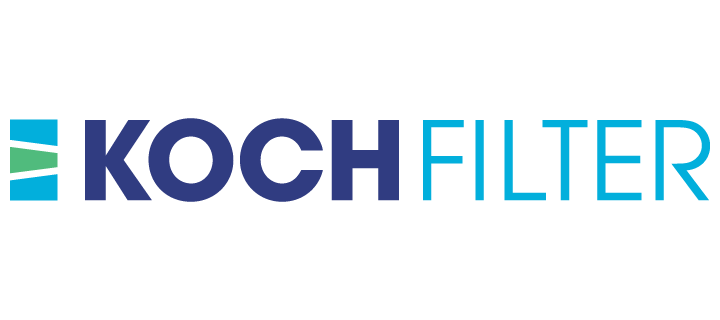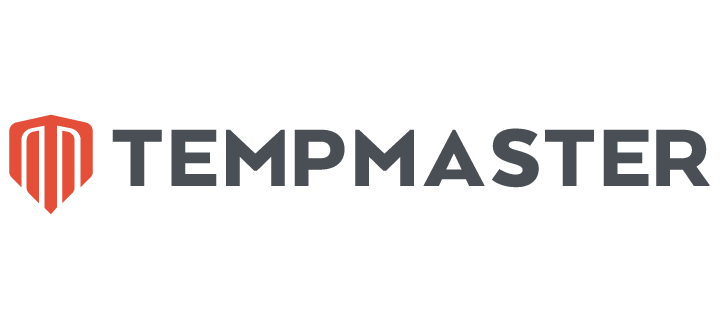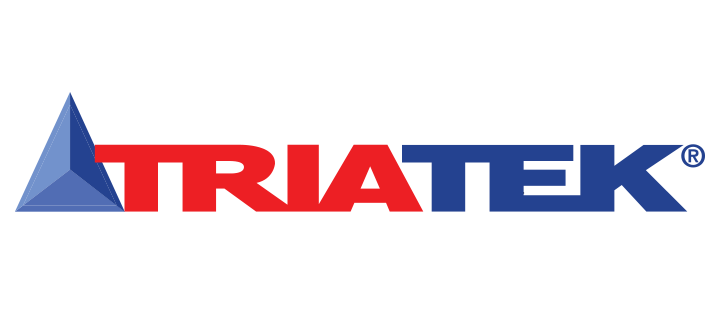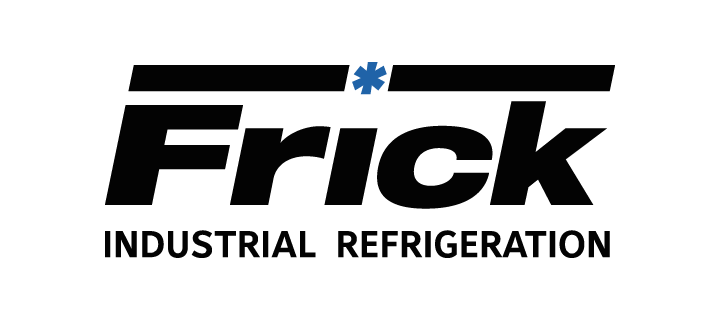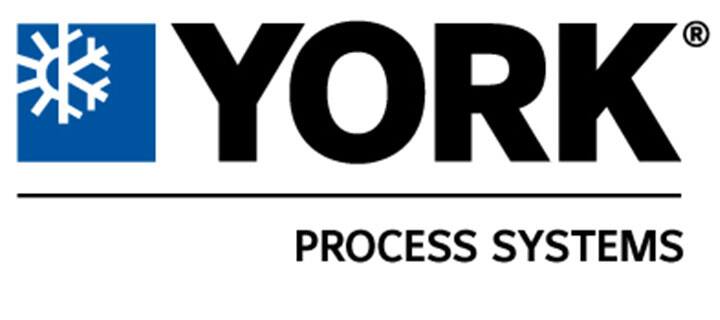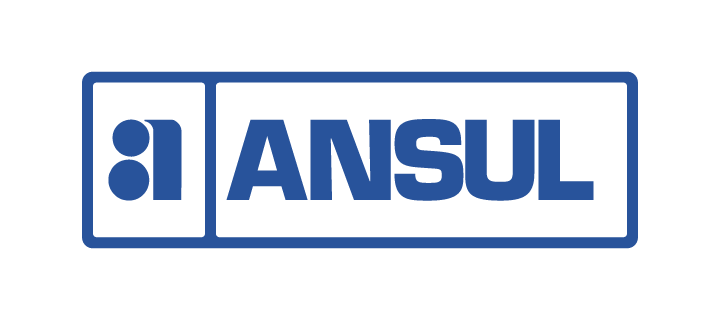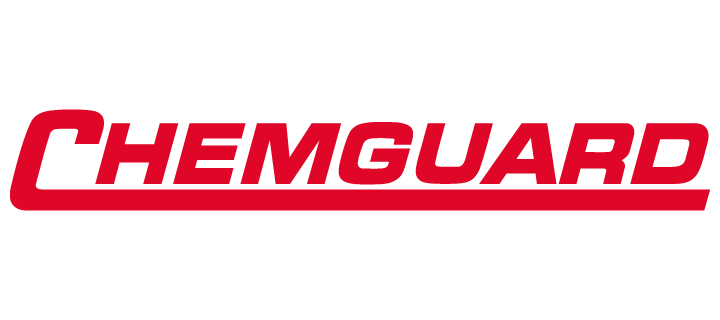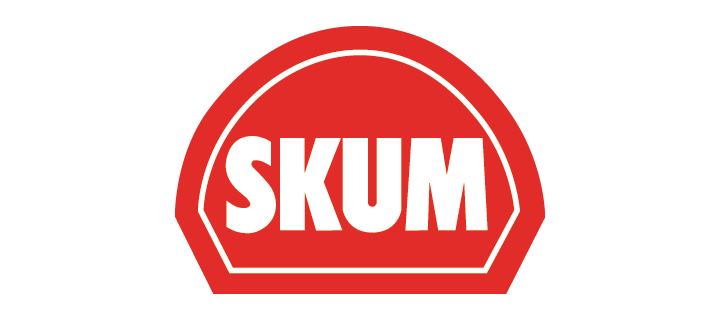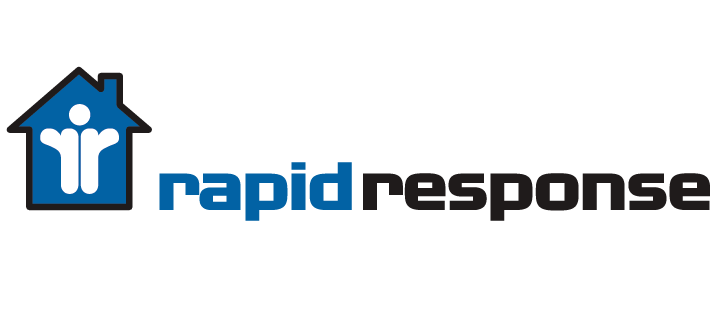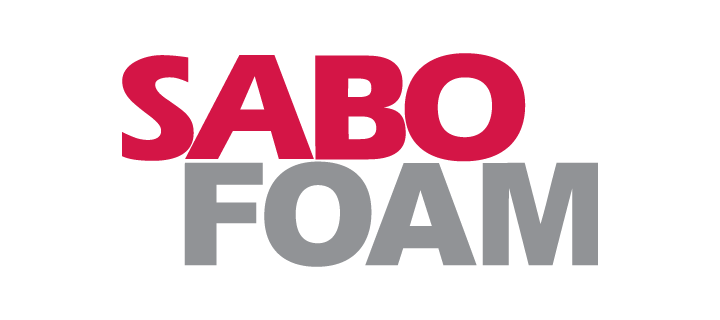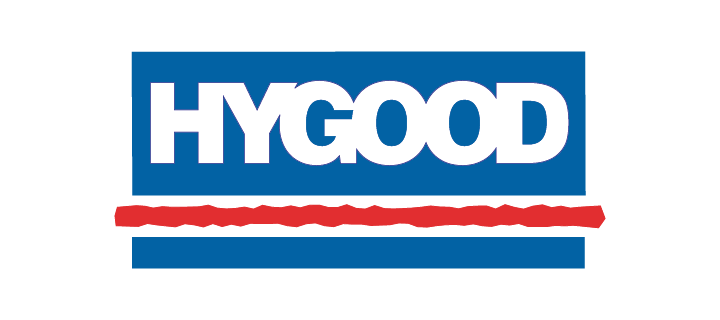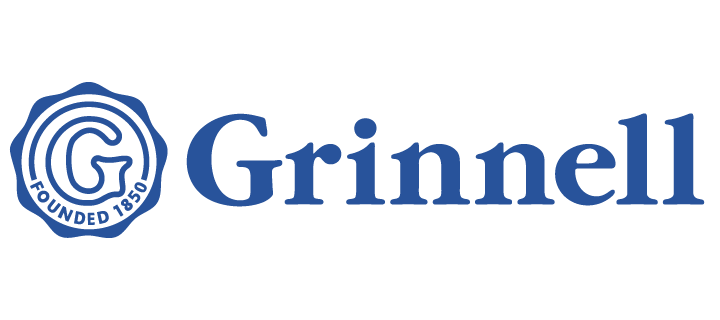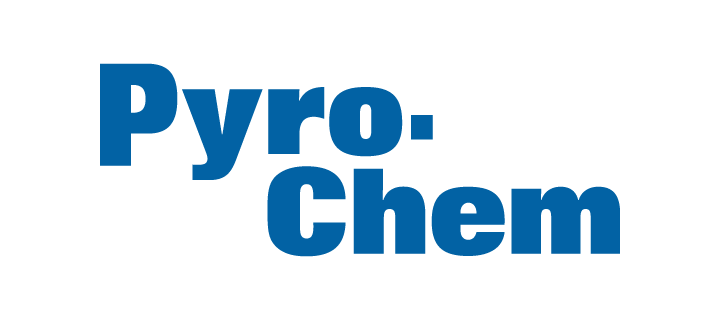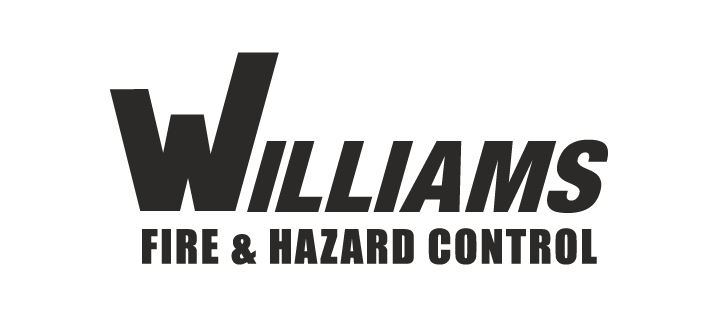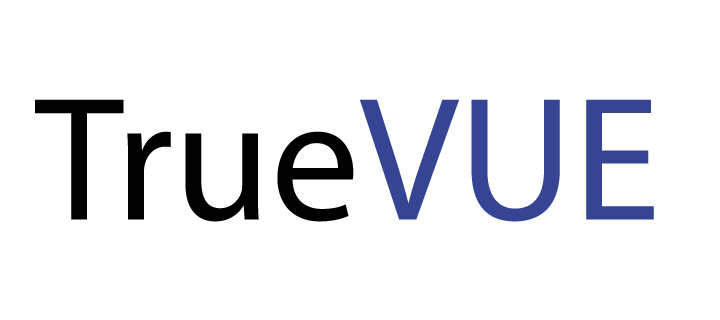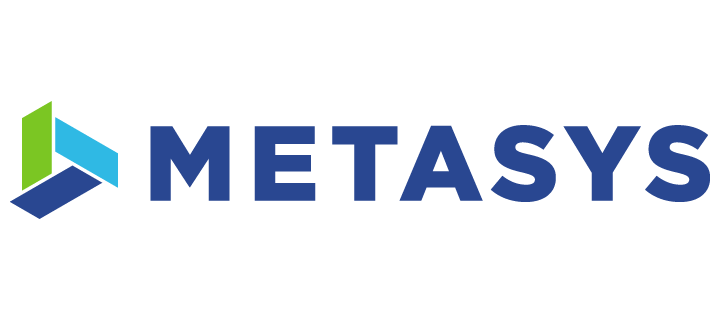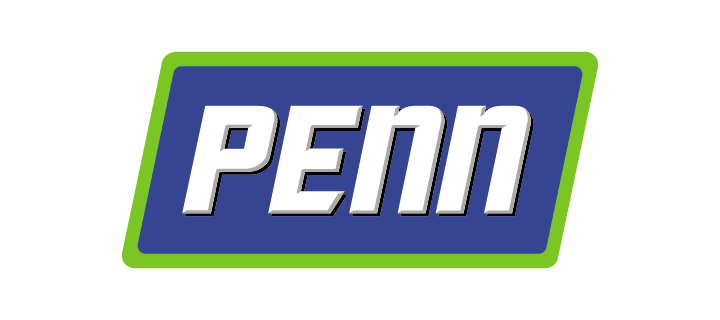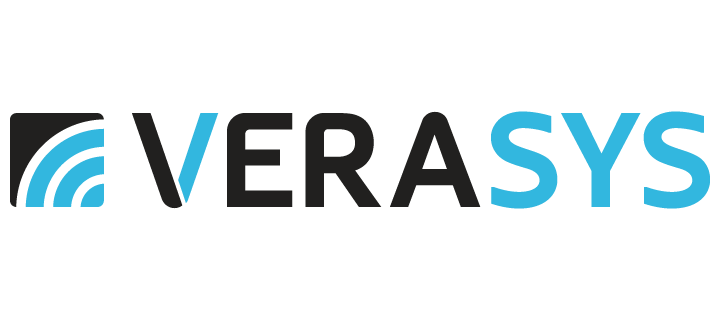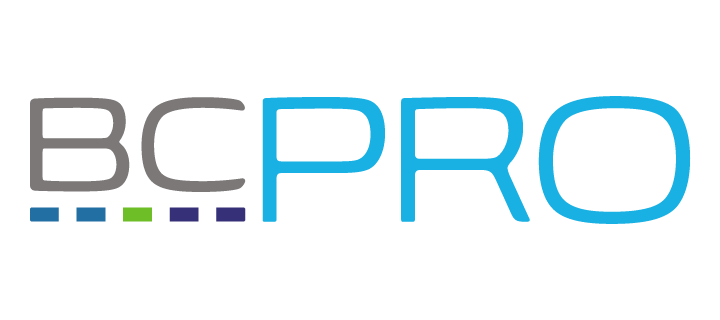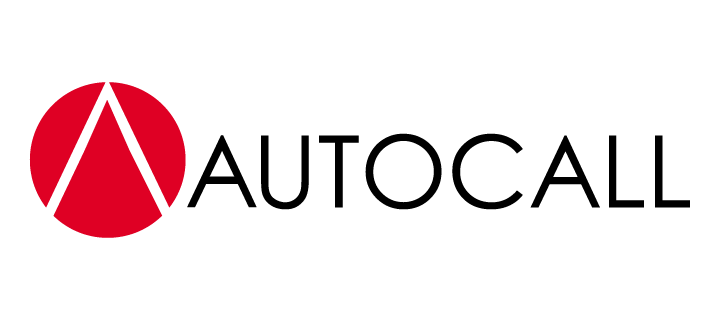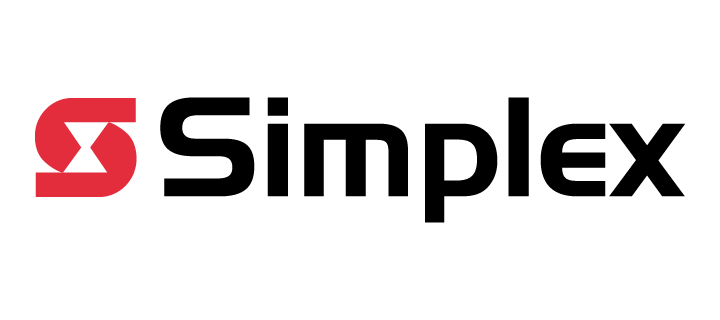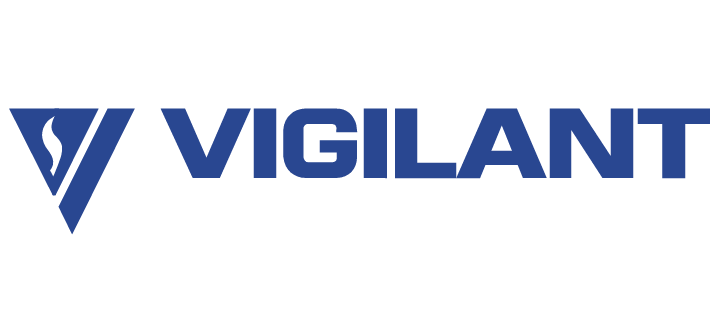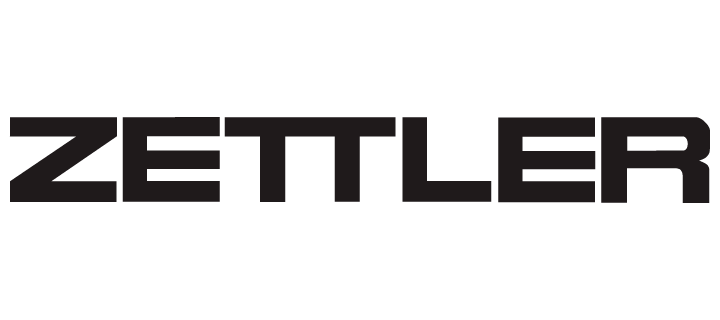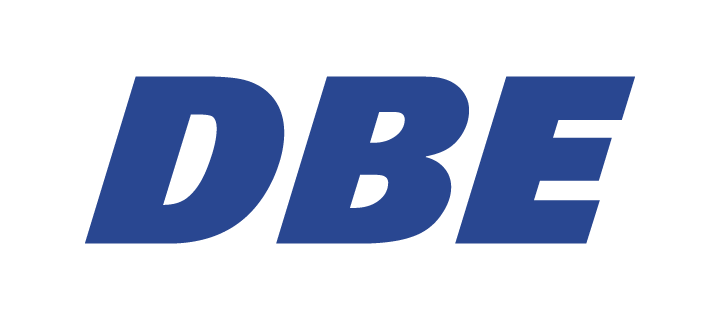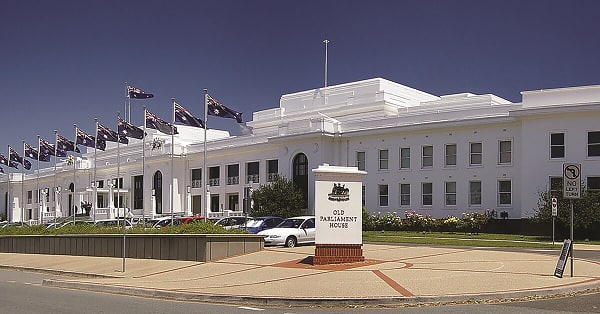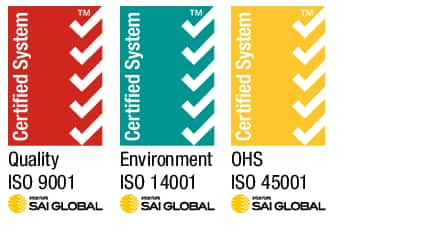How digital solutions and the ‘Internet of Things’ are transforming facility management
Author: Samit Sen, Director - Digital Solutions, Asia Pacific, Johnson Controls

Facility management has changed in recent years. Buildings today use 47 per cent of global energy, increasingly incorporate smarter intuitive technologies, and are complex to maintain.
The equipment and systems within buildings may have a life of 15 to 20 years, which is around half the lifespan of an average building. Meanwhile, diversity of usage, occupancy, evolution of technology and changing external factors (such as weather) mean that customer expectations are always evolving.
Buildings are living, breathing entities. Occupants and business demands mean that complete building shutdown for repair or replacement is a rare event. There is also a mix of systems, suppliers and protocols to consider. A single building may have systems from 30+ suppliers and 10+ protocols, so service and upgrades are rarely isolated or immune to cascading impact. Regulations and building codes also change over time. What remains consistent however is the ongoing drive to reduce energy consumption, carbon emission and cost, equipment service and optimization.
Facility managers have a very challenging job. They have many different stakeholders to satisfy and building occupants that require comfort and safety. If something goes wrong, occupants want the issues to be resolved very quickly and do not expect to be impacted by building improvement projects. The facility service team has to address complaints from occupants, ensure building equipment and systems are working well, find capable maintenance workers, all within limited budgets. The executive team on the other hand is looking at how best to extend the life and value of the property, while seeking ways to reduce building operating costs, including energy costs.
These challenges require improvement initiatives which the facility service team may not have the bandwidth to deal with, and occupants do not have the time to be interrupted with. Suppliers and contractors struggle to keep up with spare parts and maintenance activities, while also finding qualified resources to support the building manager.

Industry change has been led by a need for a more holistic approach to ‘building overall systems’. In the past, building management systems were primarily focused on comfort and safety of occupants. Now, there is more focus on operational performance, energy efficiency and environmental impact which, in Australia, has been largely led by the introduction of the NABERS and Green Star rating systems.
Understanding how to harness the wave of digital solutions, smart building technology and increasingly demand for an onsite energy source whereby buildings are becoming self-sufficient by producing their own heating, cooling and electricity, is critical. Facility managers can overcome challenges by building strategic partnerships that fully leverage the capabilities of IoT technology, real-time data collection and analytical reporting to help manage their sites more efficiently.
With growing demand for intelligent interconnected building management systems, Johnson Controls has developed a sophisticated cloud-based digital solution, Enterprise Management. This agnostic product integrates into any automation platform to support an entire smart building ecosystem. Enterprise Management analyses data in real time to identify issues, faults and opportunities for improved performance and operational savings within a building. The information can inform facility managers of energy usage, security breaches and building equipment performance and space optimisation. Having already been successfully installed in 30 Australian buildings, Enterprise Management is delivering cost, operational and environmental efficiencies to help facility managers drive greater business value for stakeholders including asset owners and occupants.
This commitment to innovation and product development has resulted in Johnson Controls being named the 2019 Industrial IoT Innovator of the Year from IoT Breakthrough, an independent organisation that recognises the top companies, technologies and products in the global Internet of Things (IoT) market today. The IoT Breakthrough Awards program identifies innovators, leaders and visionaries from around the globe in a range of IoT categories including Industrial and Enterprise IoT, Smart City technology, and more.
Johnson Controls has a rich heritage in HVAC, controls, energy management, security and safety and is committed to delivering digital transformation for facility managers through a portfolio of solutions and platform. In the past year the following achievements contributed to its recognition as the IoT Innovator of the Year:
- Digital Vault – the world’s most advanced digital cloud platform for ingesting, processing, analysing, and managing building and related enterprise information. Johnson Controls Digital Vault is used as a foundation to enable a building’s digital transformation.
- Enterprise Management – an energy, asset, occupant, and tenant billing management system that proactively analyses building data across the building footprint. It can help facility managers identify opportunities for savings and efficiencies.
- Connected Converged Security – this advanced digital security platform moves security from a reactive and investigative posture to a predictive and proactive posture by leveraging machine learning and artificial intelligence on data coming from security sensor systems, enterprise IT systems, people systems, facility systems, event feed, weather and social media. This solution performs threat hunting and threat modeling, then creates response scenarios to help improve security operations and consolidate these globally.
- Connected Equipment and Services – this allows facility managers to improve the reliability and performance of a building’s equipment systems using predictive diagnostics and machine learning. Additional savings can be made through condition-based maintenance and reduced operating costs.
- Central Plant Optimisation (CPO) – this is the world’s only solution that leverages leading model predictive controls to cost optimise facility operations based on future forecasting of HVAC asset performance, building load requirements, changes in weather or occupancy, access to alternate energy resources, and participation in demand response programs.
Technology innovations have also given facility managers increased visibility to help make managing multiple buildings easier using one integrated smart building technology platform. For example, Enterprise Management system provides a centralised view of multiple sites, which is not only convenient, but also gives facility managers’ greater control over what is happening across the portfolio as a whole. For instance, the technology can validate the conditions, rather than purely rely on human judgement and intuition.
Overall, it’s an exciting time of change for facility managers, and leaning on partners with the relevant expertise behind them will make the technological shift less daunting. Johnson Controls can assist facility managers to identify, interpret and take action on the real-time data and analytics available. These significant advances shaping smart buildings will ultimately deliver measurable benefits to the many different stakeholders, including building owners, tenants and individual occupants, contractors, suppliers and regulators.
To learn more, visit www.johnsoncontrols.com/digital.


